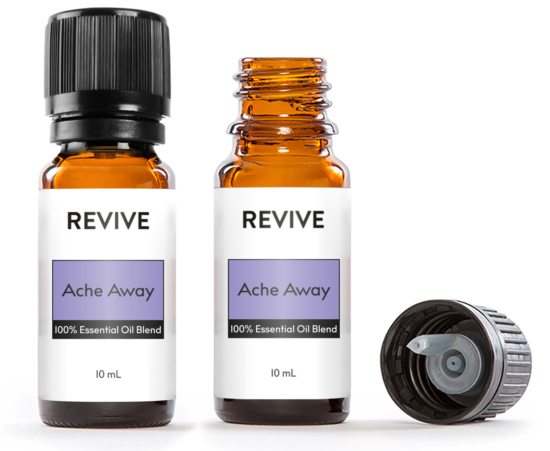Our List Of Thick Essential Oils And How To Use Them
Most essential oils are usually thin in viscosity, which means they are in a water-like liquid state, while some essential oils, like German chamomile, vetiver or patchouli, may be a bit thicker, but are still easy to use. However, some balsam, resin, absolute and other aromatic oils can be in a highly viscous or nearly solid form at room temperature.The molecular structure of these oils allows them to naturally preserve and prolong their aromatic properties and shelf life. This can also make them a bit harder to work with, as the drops will likely slowly ooze out of the bottle.
Get to know your essential oils
As we’ve previously mentioned, essential oils can be found in liquid, medium-viscous and thick form, depending on their molecular structure and room temperature. To ease your way of recognizing and using these oils, we’ve created a small list of medium-viscous and thick essential oils.
Thick essential oils:
Here are a few simple hacks to speed up the flow of these oils from the bottle
Warm the bottle between your palms
Heat the oil with your hands by rolling the bottle for 90 seconds, as this can help decreasing the oil’s viscosity and make the extraction much more easier.
Heat the bottle in bowl with warm water
Heating the bottle with the viscous oil in warm water until it reaches a desirable consistency can be of great help. Consider using mildly warm water for this process, as high temperatures can potentially destroy the fragile compounds of the oil. Simply place the closed bottle in a bowl full of warm water for a couple of minutes and remove the bottle from the bowl as soon as the oil reaches a workable form.
Nudge the bottle
Sometimes heating up the bottle won’t help, so you may consider tapping the bottom of the bottle as this can help nudge and easily release the oil.
Check the orifice reducer in the bottle
Our essential oils come with an orifice reducer with a central stem, which means that the stem is the air hole, while the hole between the two circles is the oil hole. To ease the flow of the viscous oils, find the oil hole between the two circles, position it under the air hole, tip the bottle on its side and slowly turn the bottle down (about 135 degrees), as this will help release the drop.




